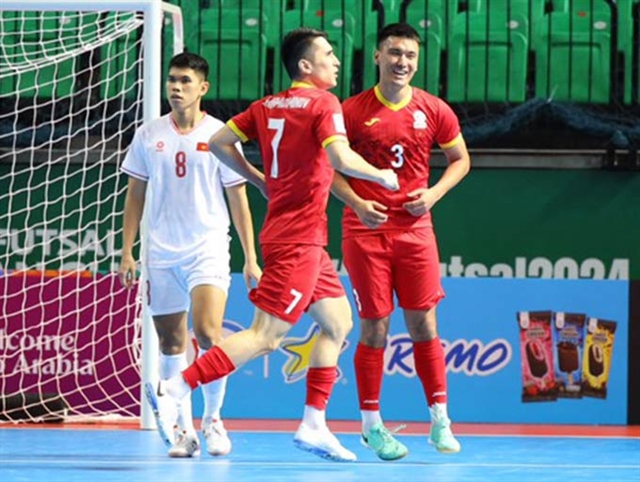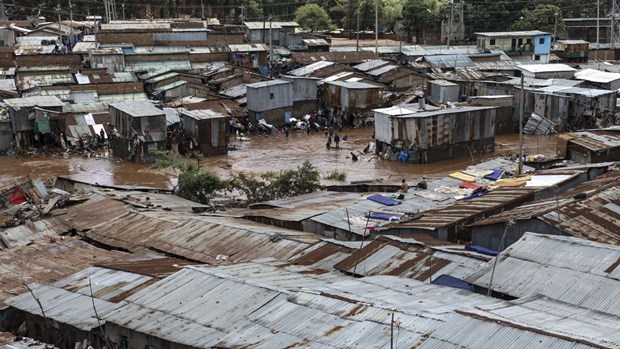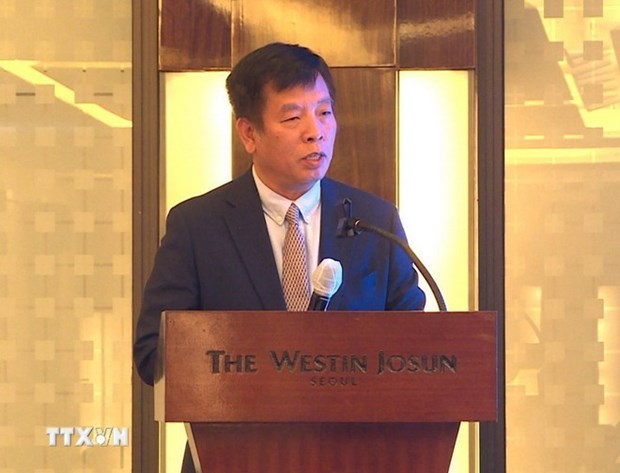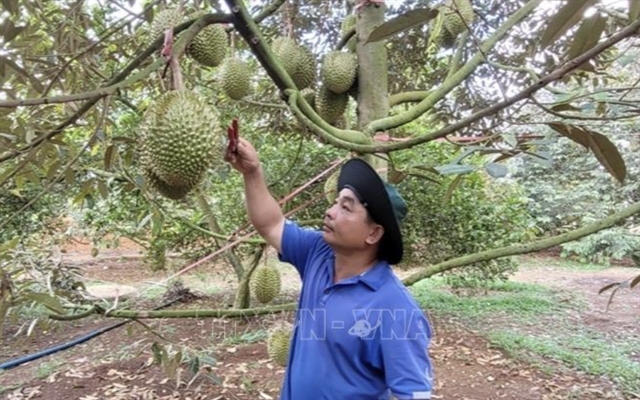 Society
Society
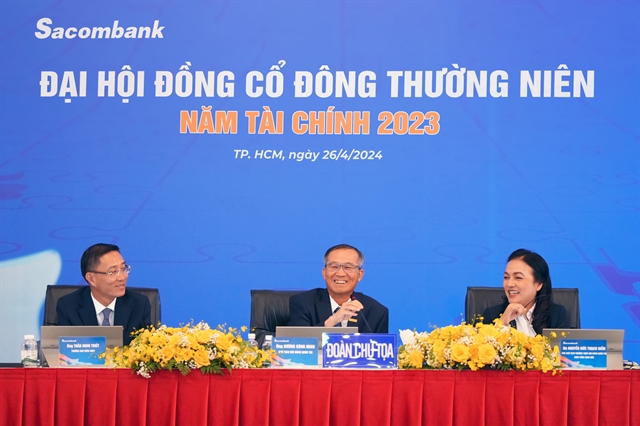
President Trương Tấn Sang yesterday asked residents of Lộc An Commune of Lộc Ninh district in the southern Bình Phước Province to employ high technology for agricultural production in order to minimise the dependence on weather conditions.
 |
| President Trương Tấn Sang meets residents of Lộc An Commune of Lộc Ninh district in the southern Binh Phuoc Province yesterday. – VNA/VNS Photo Nguyễn Khang |
HÀ NỘI – President Trương Tấn Sang yesterday asked residents of Lộc An Commune of Lộc Ninh district in the southern Bình Phước Province to employ high technology for agricultural production in order to minimise the dependence on weather conditions.
He noted that it is also local authorities’ responsibility to usher in socio-economic development and promote better living conditions.
He spoke with provincial leaders and local residents during his visit to the province yesterday.
Speaking to the president, Bình Phước Province authorities asked the Government to support the creation of a national electricity network programme for the province’s rural areas. Authorities said the ongoing severe drought has caused huge water shortages in local reservoirs, adding that the agriculture sector needs timely plans to support local residents.
In order to increase the province’s GDP from 6.5 to 7 percent, local authorities said they hope the Government would start the border patrol path early at a cost of VND630 billion (US$28 million) and increase investment capital for bordering economic zones. They also called for upgrades to irrigation systems to ensure an ample water supply for agricultural production.
President Sang asked relevant ministries and sectors to study these requests in order to facilitate development in the province while avoiding the creation of more ODA loans or burdens on the State budget.
He also said the province should be aware of the integration process and of its own potential and strengths in order to take advantage of opportunities that the process would bring in the future. - VNS

